The best 1440p graphics cards in 2025: my top picks for midrange GPUs
If you're planning to upgrade your PC and want the best 1440p graphics card in 2025, there are several strong contenders depending on your budget. Now that the latest generation of GPUs has been fully launched, gamers looking to pick up the best graphics card for 1440p gaming have a lot of options to choose from.
Leading the pack is the AMD Radeon RX 9070, which strikes an ideal balance between cost and capability. It's powerful enough to maximize the refresh rates of many of the best 1440p monitors, ensuring a fluid and responsive gaming experience.
For budget-conscious shoppers, the Intel Arc B580 offers surprisingly solid performance at 1440p without the steep price tag, making it a compelling entry-level choice. On the other hand, if you're chasing the highest frame rates possible and are willing to spend more, the AMD Radeon RX 9070 XT stands out—though its premium pricing reflects its elite performance.
Given the rising cost of components, it’s more important than ever to ensure you're getting good value for your money. Drawing on extensive hands-on testing and years of industry knowledge, I’ve evaluated the best options to help you choose the best 1440p graphics card for your needs and budget, based on hundreds of hours of testing and the dozens of graphics card reviews I've done over the last few years.
Best 1440p graphics card: The Quick List
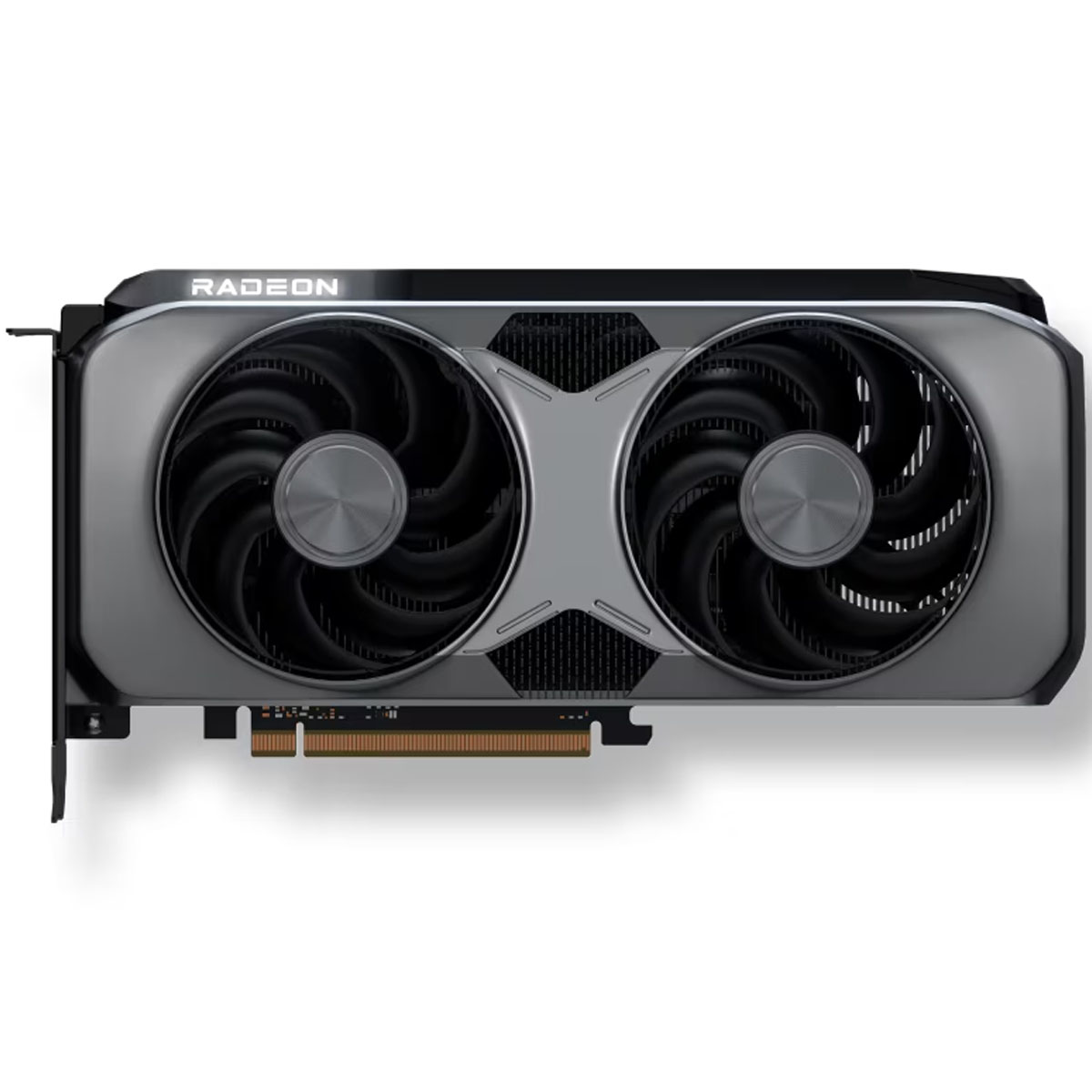
Value | ★★★★☆
Features | ★★★★☆
Power | ★★★★★
The AMD RX 9070 battles Nvidia's best 1440p graphics card in gaming performance while also being more competitively priced, but it uses more energy to do so, and its creative performance isn't great. For 1440p gaming though, it's outstanding.
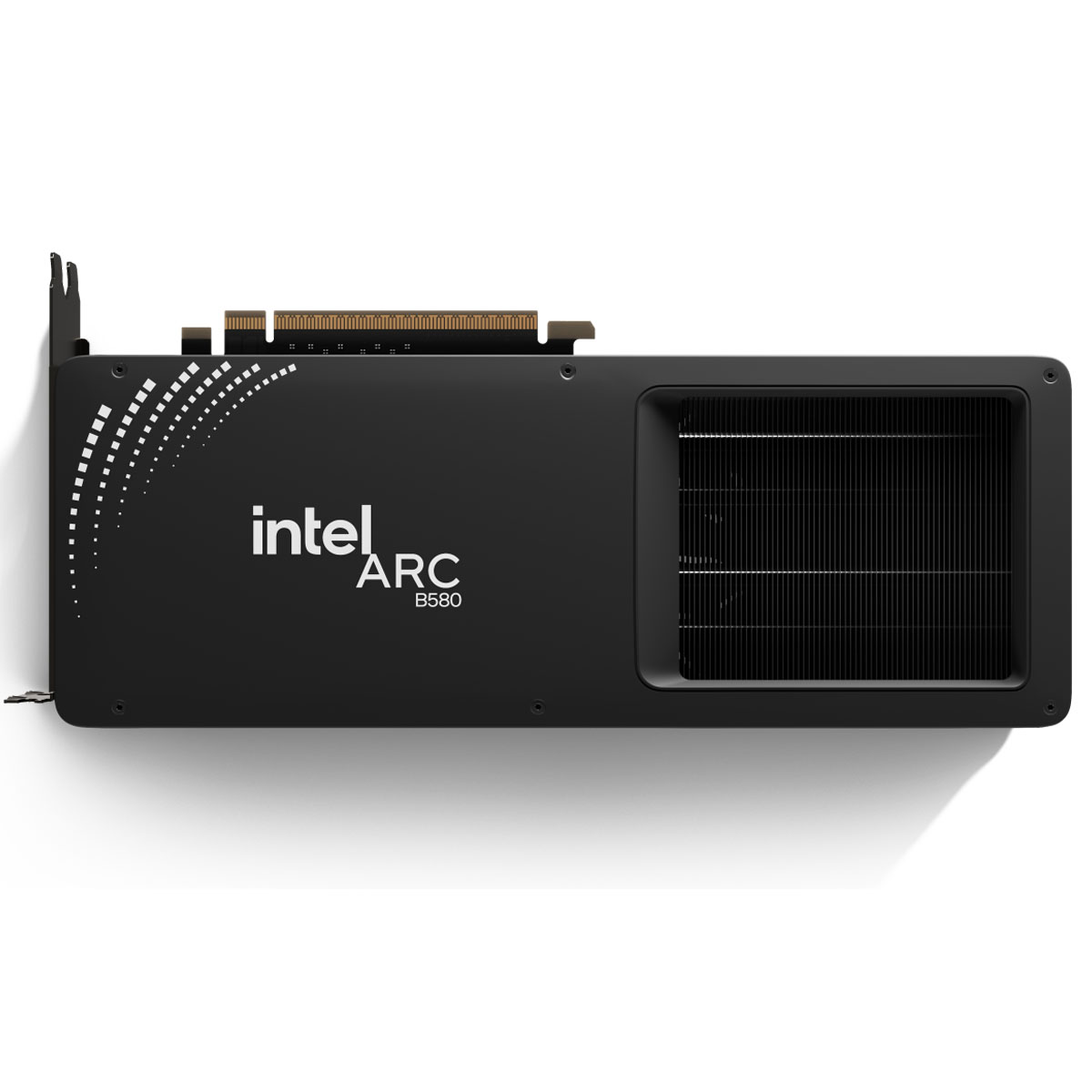
Value | ★★★★★
Features | ★★★★☆
Power | ★★★★★
While the Intel Arc B580 doesn't offer the same level of performance as the AMD RX 9070 or Nvidia RTX 5070, it still gets you very good 1440p gaming performance at an unbeatable price.
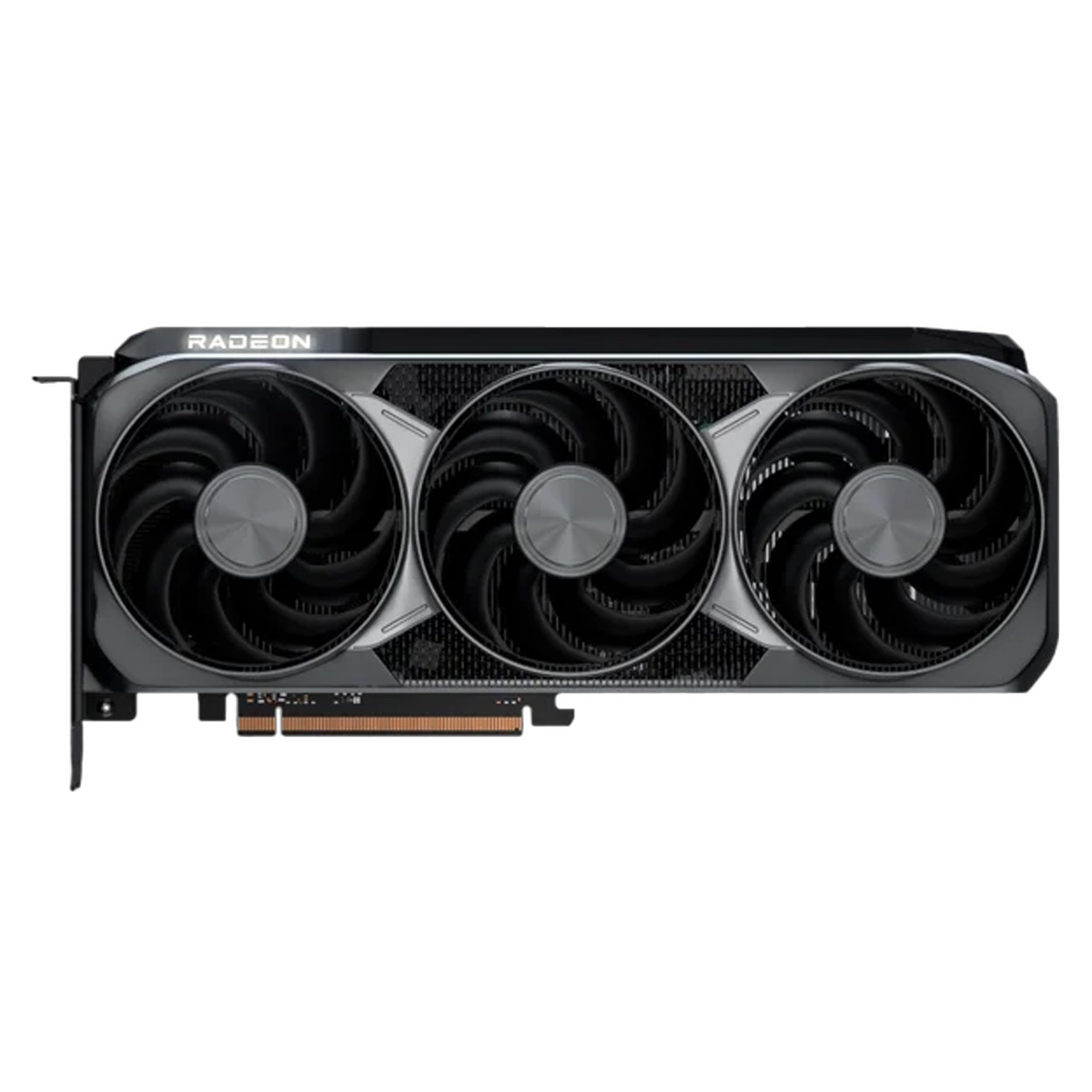
Value | ★★★★★
Features | ★★★★☆
Power | ★★★★★
The AMD Radeon RX 9070 XT is the best graphics card of this generation overall, but now that price inflation is ravaging this card online, you should only consider it if you're ok with paying the high premium for the extra performance over the RX 9070.
The best 1440p graphics cards of 2025
Why you can trust TechRadar
Below you'll find full write-ups for each of the best 1440p graphics card picks on our list. I've tested each one extensively, so you can be sure that my recommendations can be trusted.
The best 1440p graphics card overall
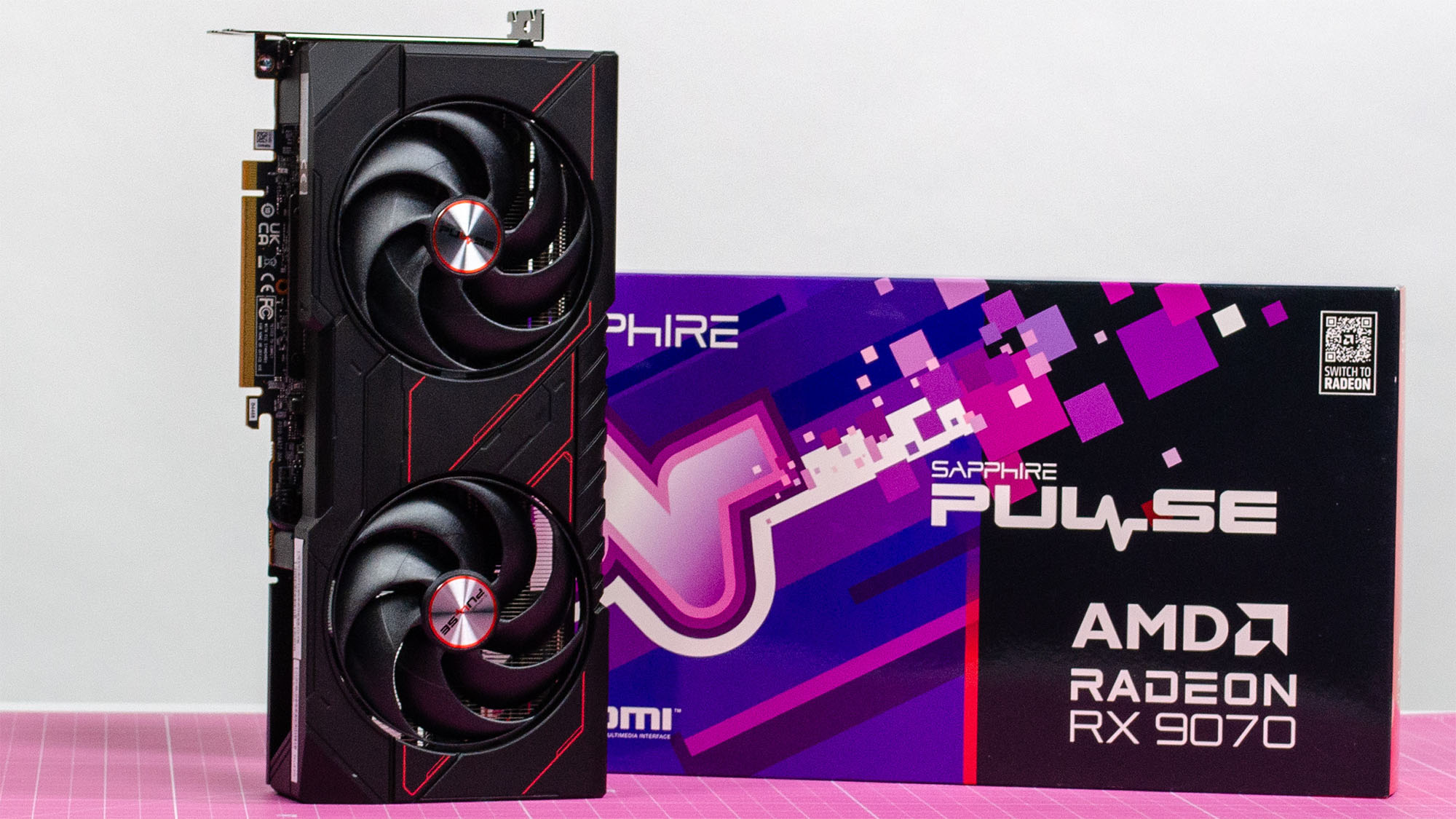
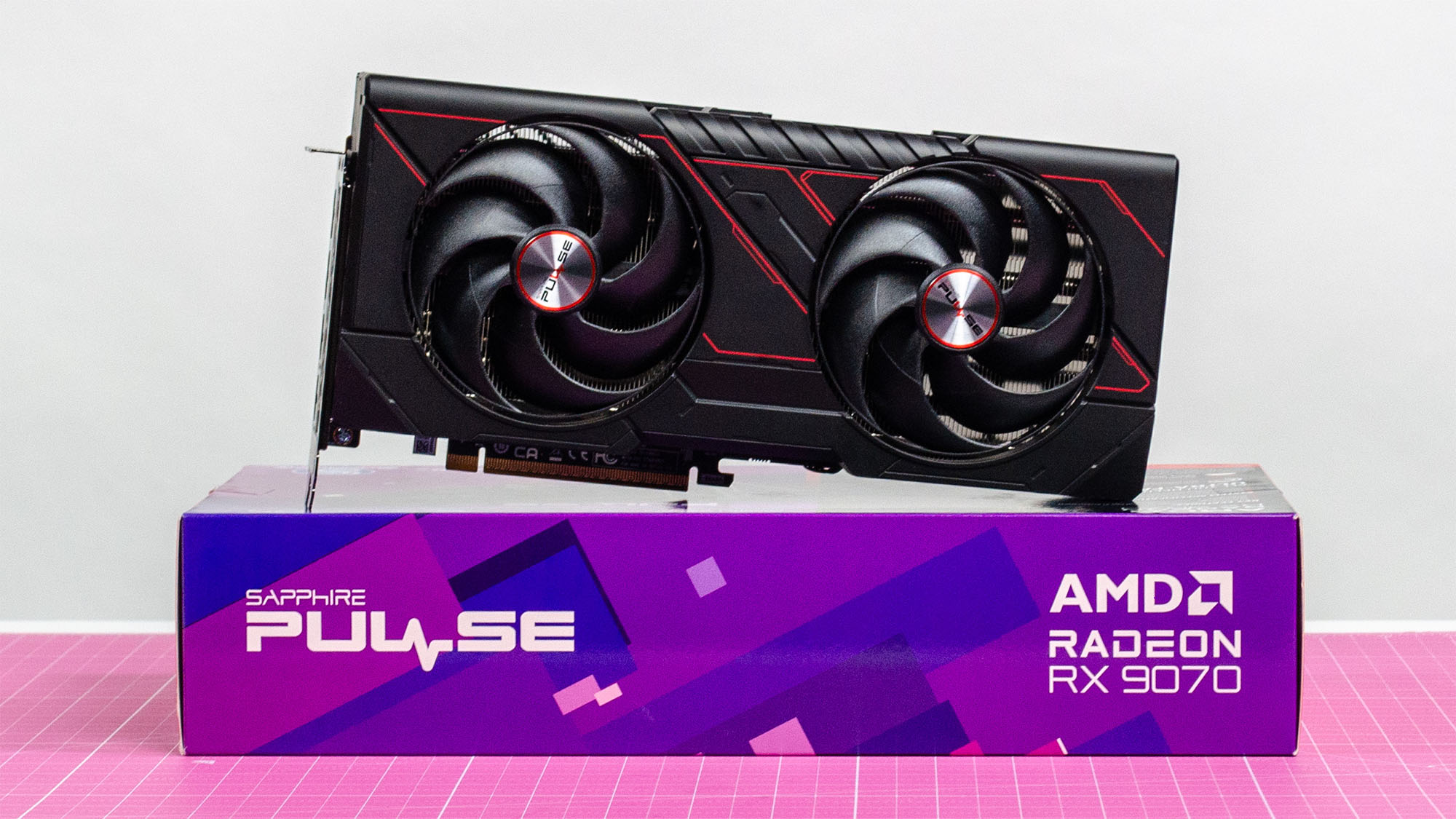
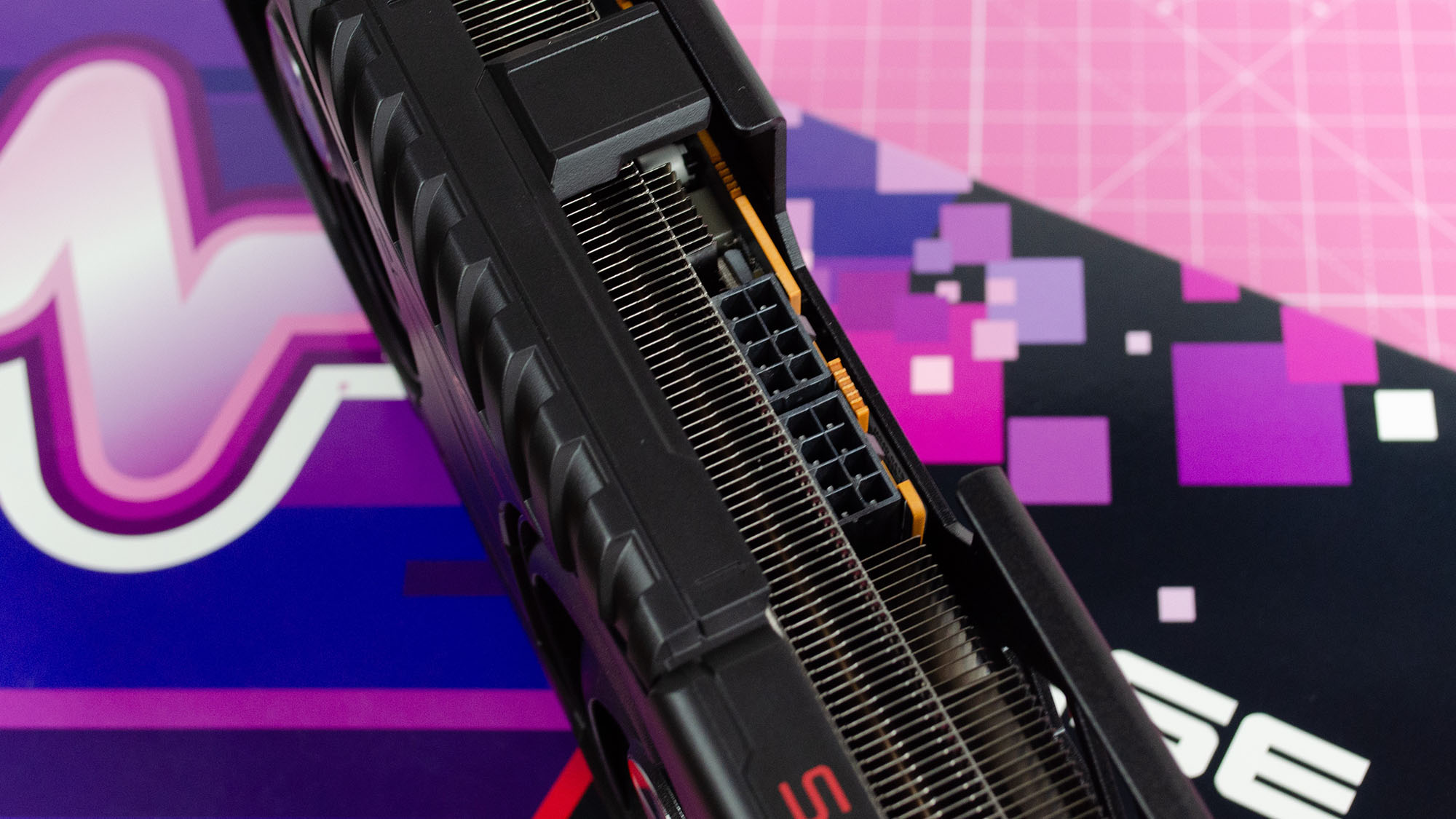
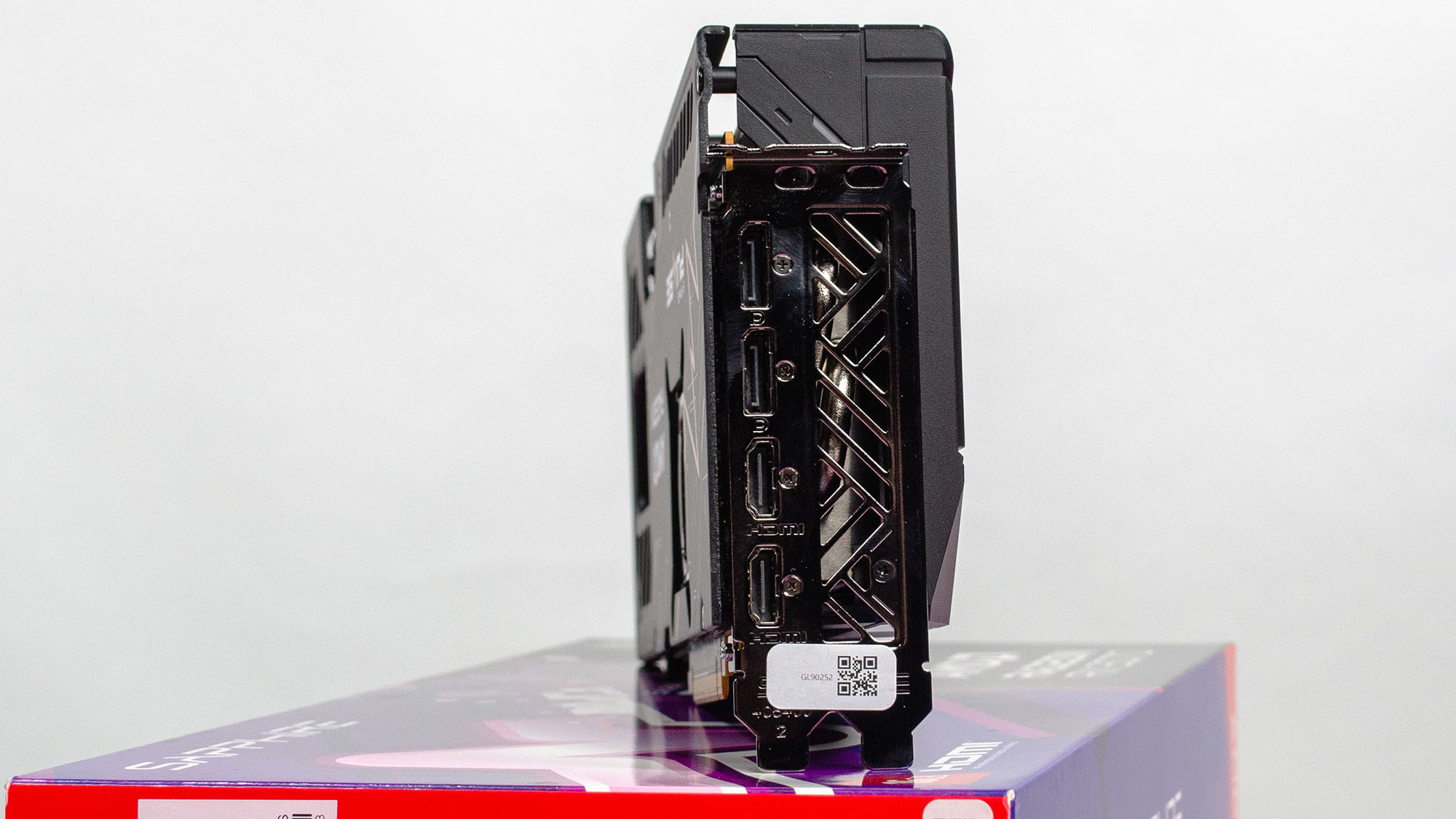
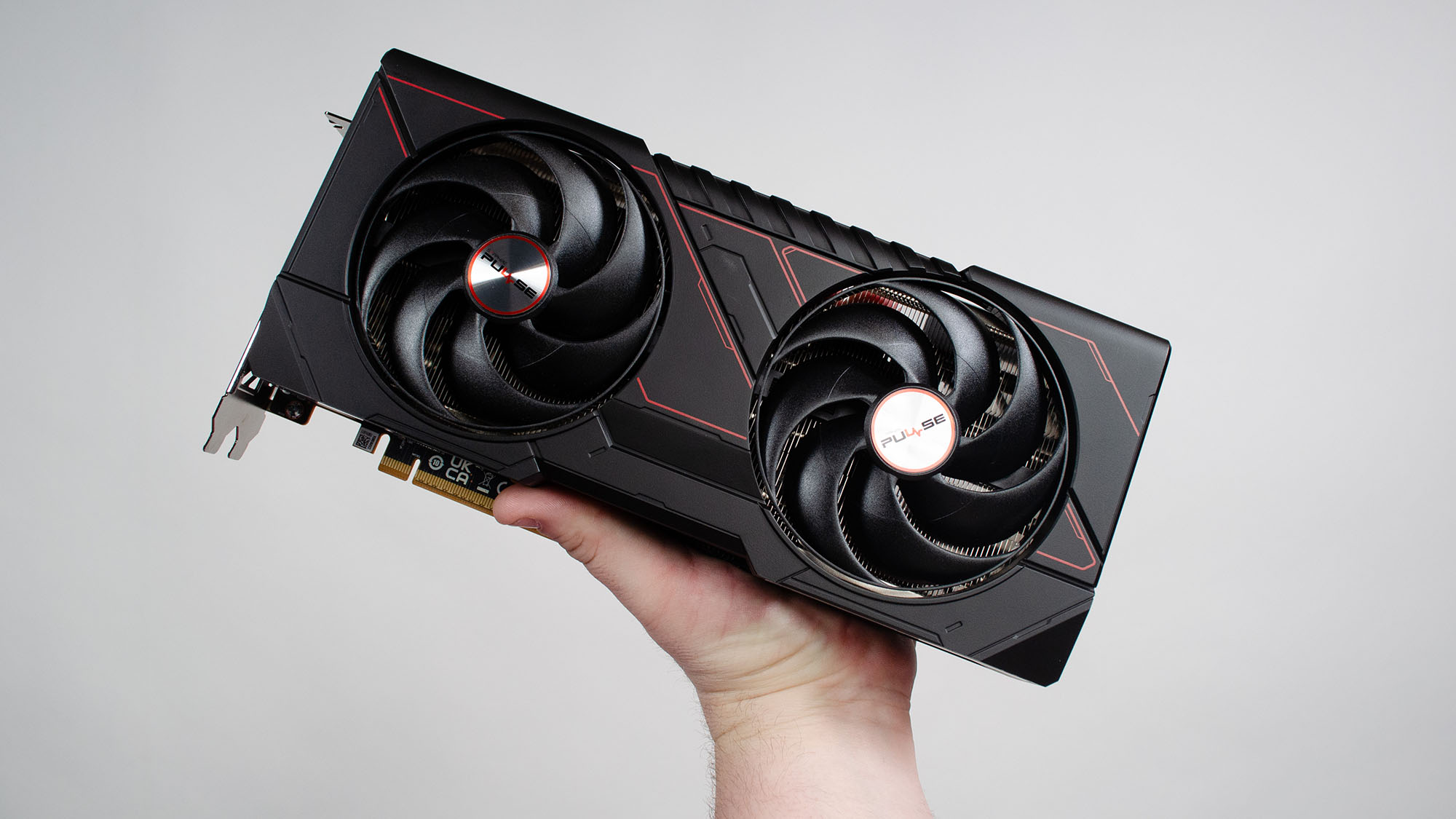
Specifications
Reasons to buy
Reasons to avoid
The AMD Radeon RX 9070 is a card made for gamers wanting fantastic 1440p play and usable 4K without paying the premiums being charged for the RX 9070 XT and Nvidia RTX 5070.
My benchmarks show it trails the RX 9070 XT by about 13 percent, but matches Nvidia’s RTX 5070 frame-for-frame in gaming, averaging 114 fps at 1440p and edging out the rival RTX 5070 at 4K, though it draws roughly 26 watts more power under load to do so (despite the listed 220W TBP on the RX 9070, my testing showed a peak power draw of 284W).
The card’s 16GB GDDR6 VRAM, 256-bit memory bus, and PCIe 5.0 interface give it modern bandwidth without the price bump of GDDR7, but the PCIe 5.0 x16 interface on the RX 9070 might conflict with a PCIe 5.0 SSD if your motherboard doesn’t have enough lanes to support both components, so keep that in mind when looking at any current-gen GPU.
This card’s MSRP sits at $549, but real-world prices will creep upward as AMD board partners like Asus, Gigabyte, XFX, and others fill the void left by the absent AMD reference model, so this card’s ultimate value will depend on local pricing. Even so, the RX 9070 is likely to continue undercutting the inflated pricing on the RTX 5070 and RX 9070 XT, making it the best mid-range pick for pure gaming by value.
Creative workloads lag similarly priced Nvidia cards, but the efficient dual-fan design fits small-form-factor cases, runs quietly, and still delivers the modern connectivity gamers expect, making it an easy recommendation when budget and availability collide during this volatile GPU cycle.
Read the full AMD Radeon RX 9070 review
The best cheap 1440p graphics card
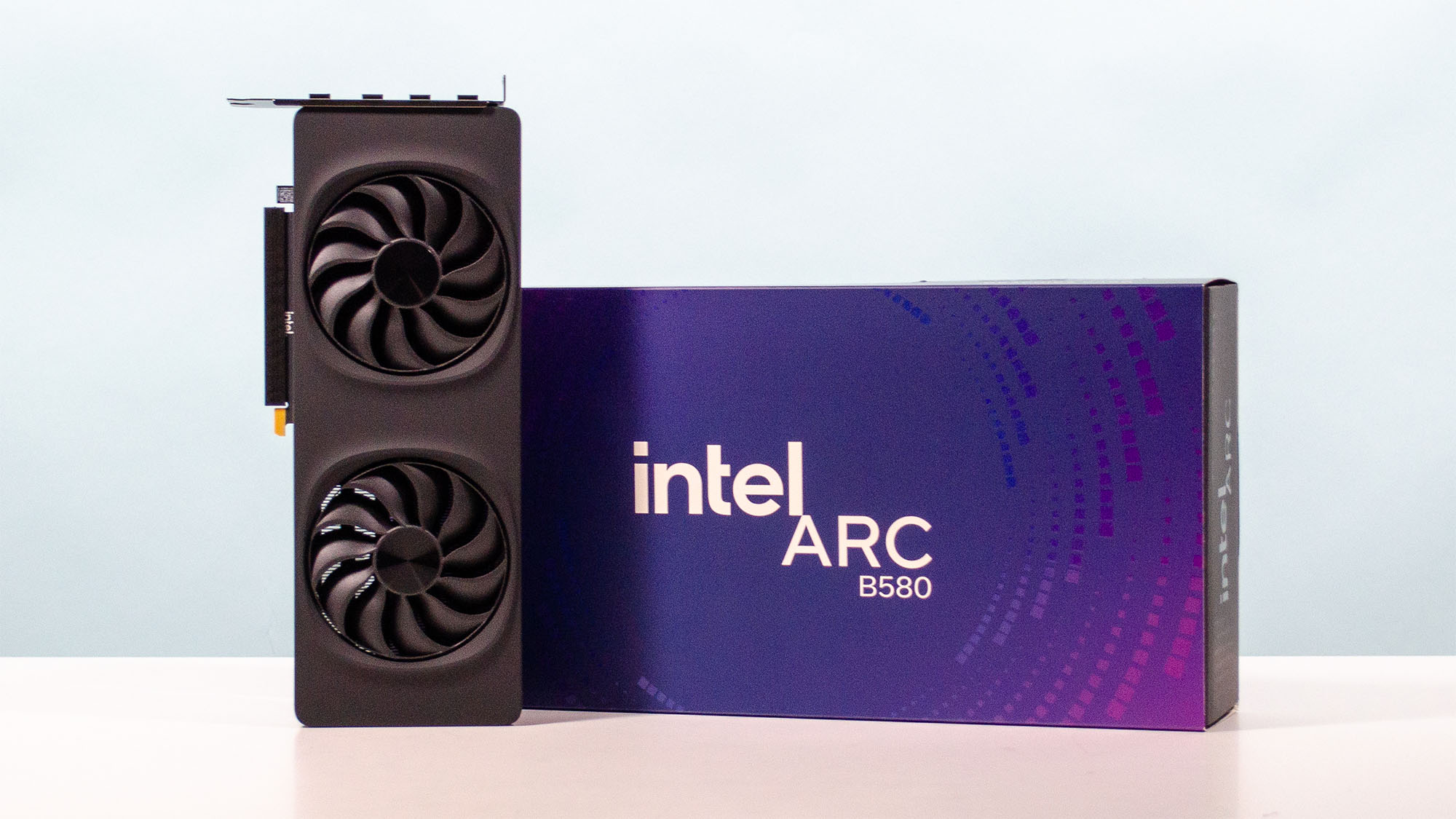
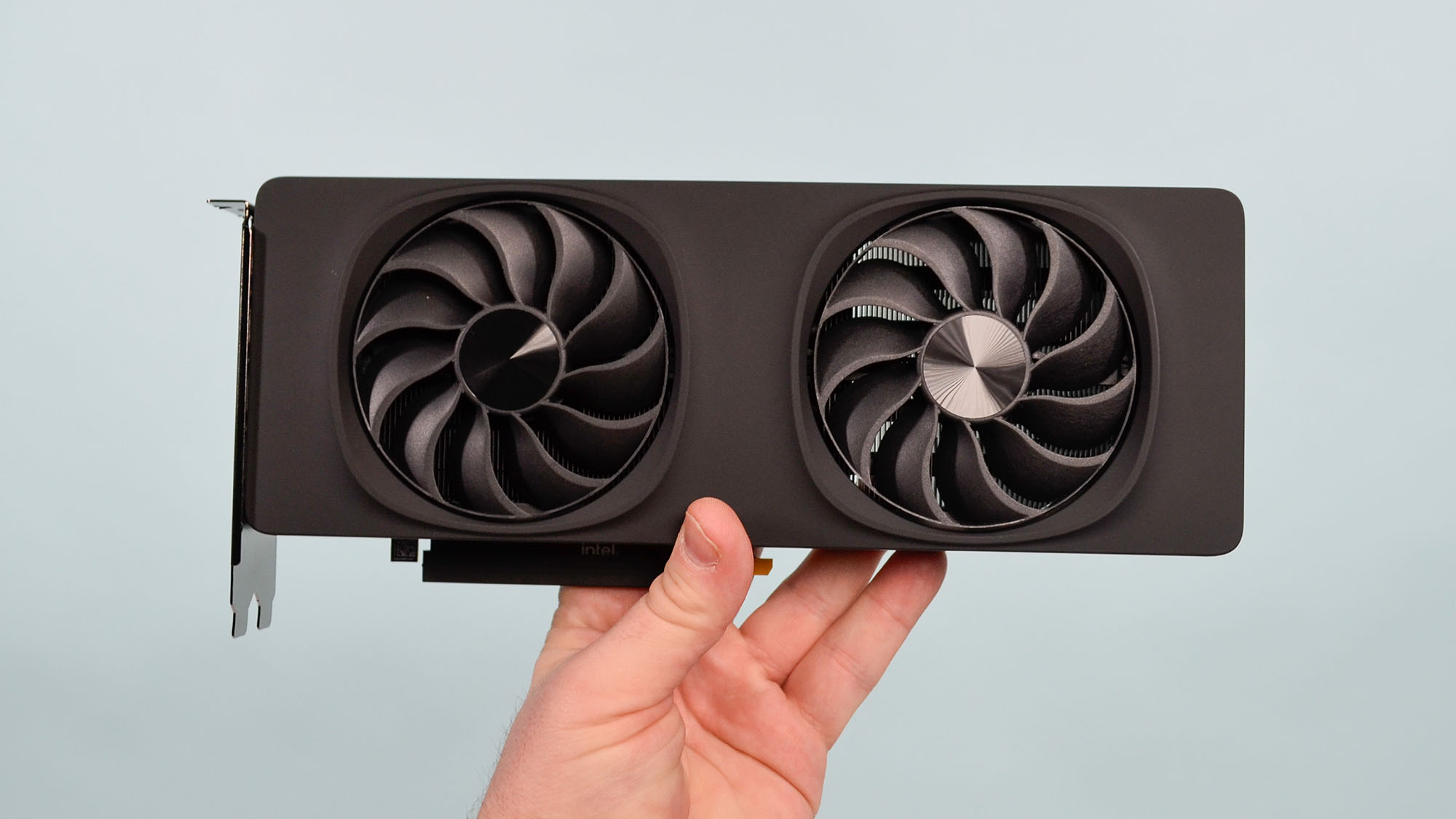
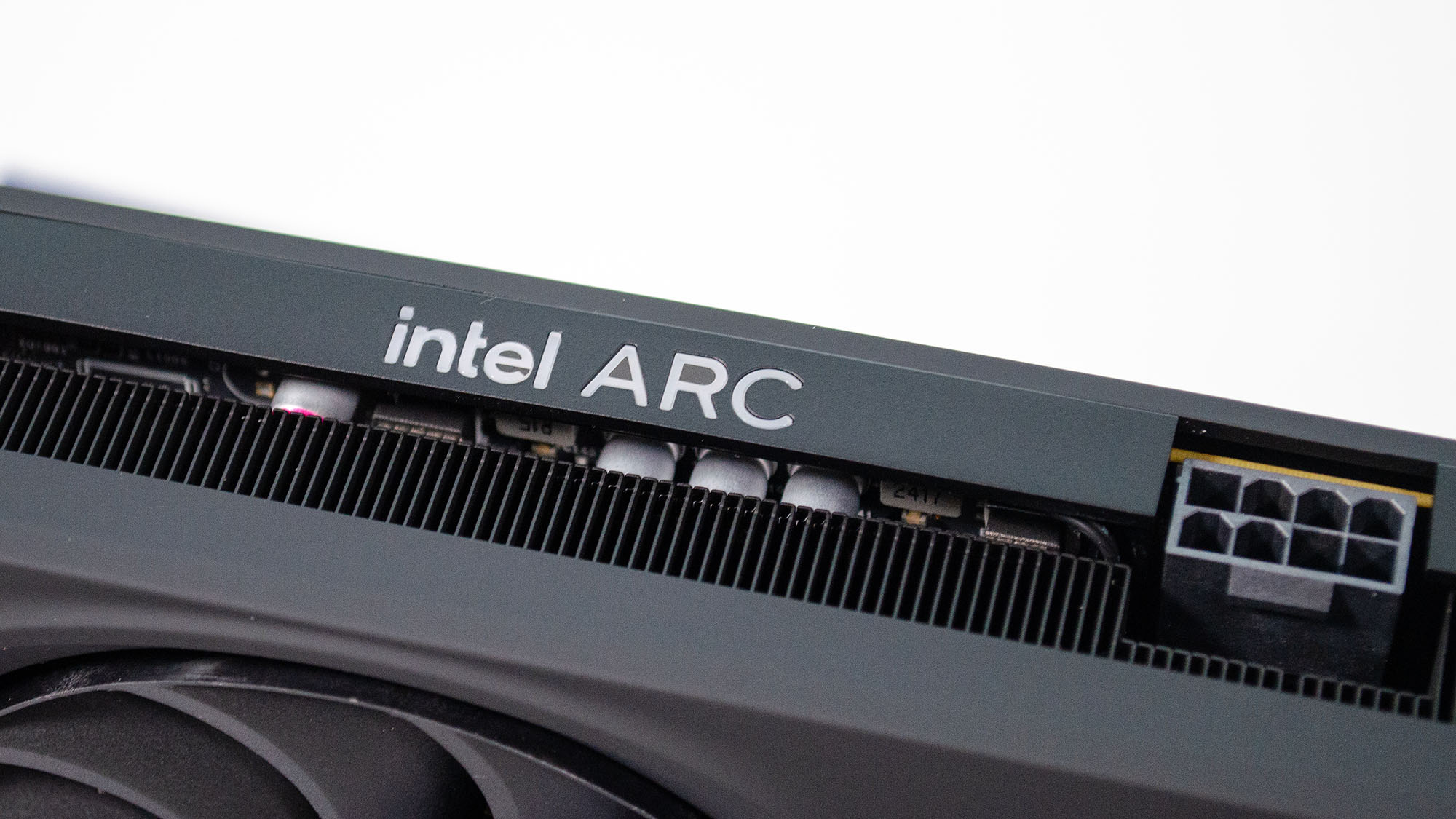
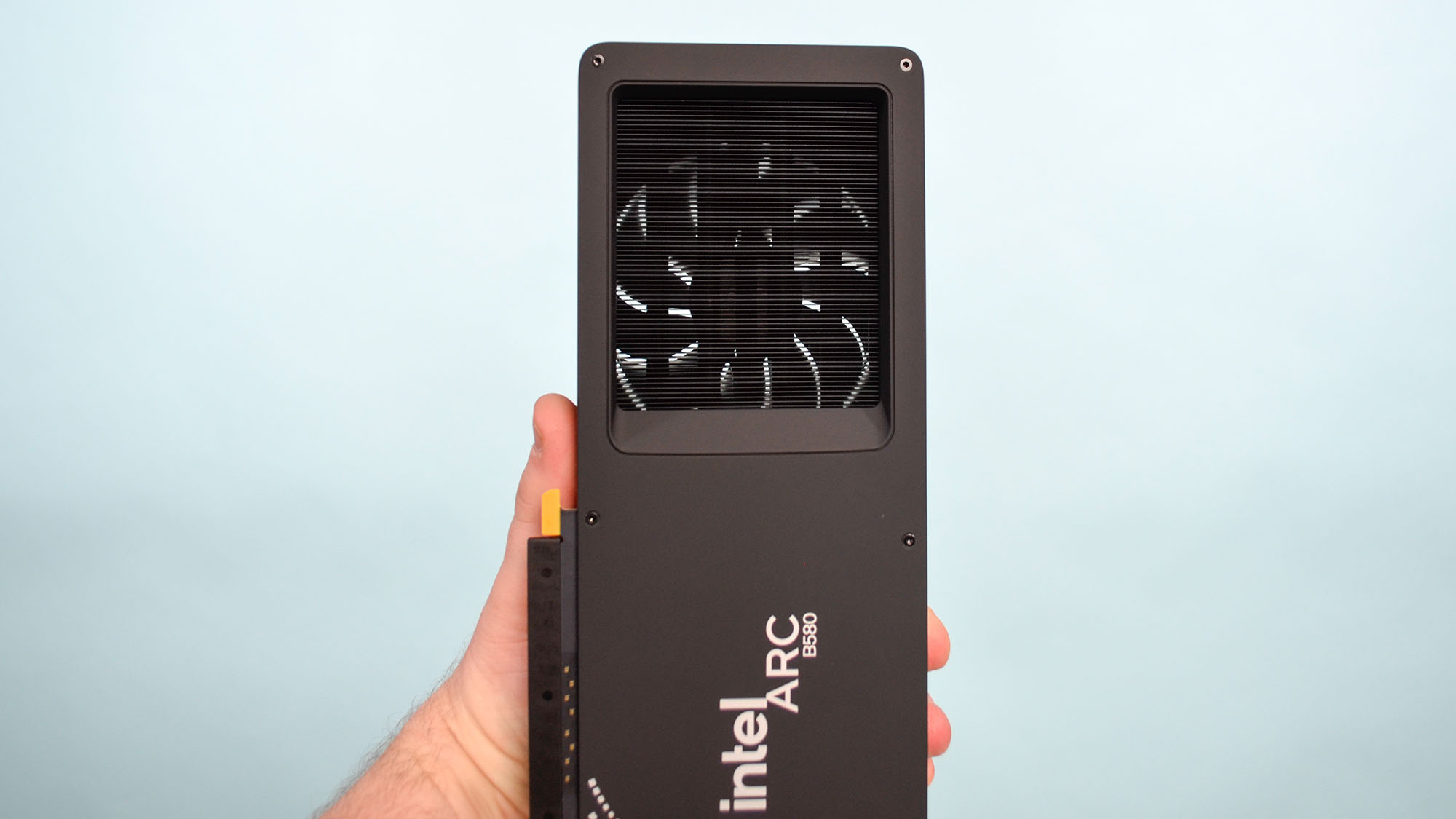
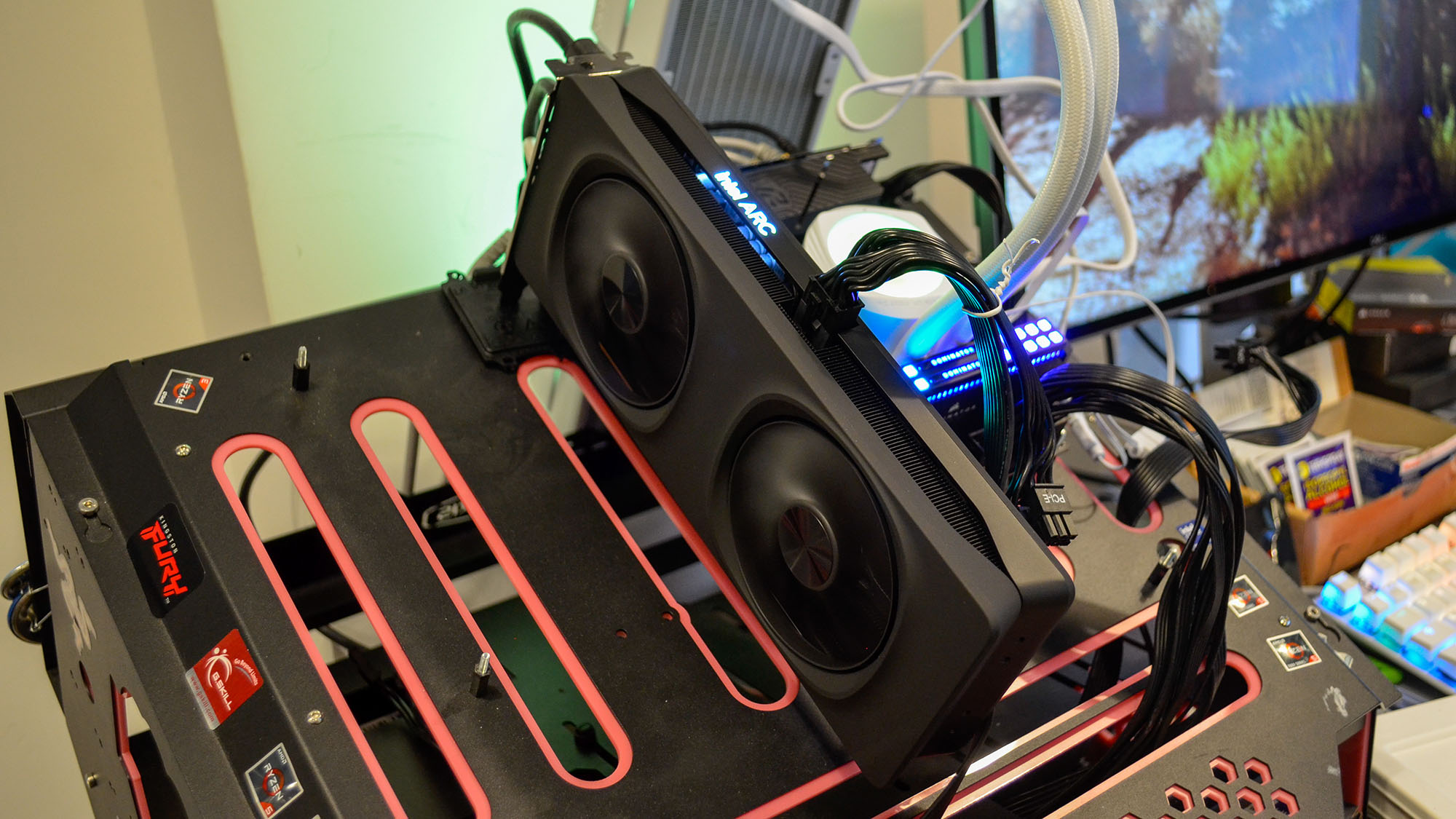
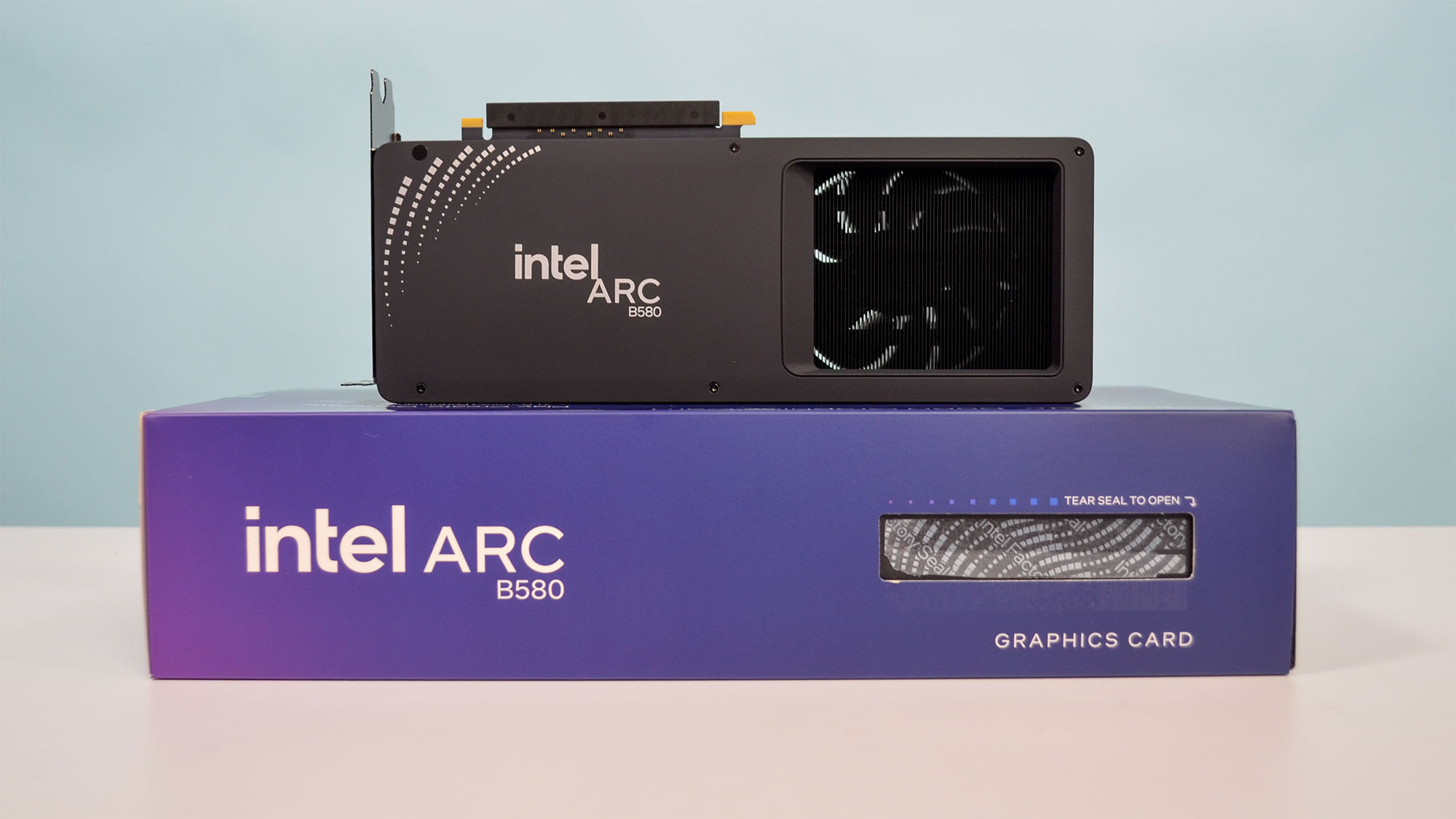
Specifications
Reasons to buy
Reasons to avoid
The Intel Arc B580 has quickly established itself as the top budget graphics card for 1440p gaming in 2025, delivering performance that punches way above its price tag.
The B580 defied many people’s expectations (mine included) with smooth 1440p frame rates in modern titles like Cyberpunk 2077 and F1 2024—something AMD and Nvidia haven’t achieved at this price point in years.
Its performance at 1440p isn’t as good as competing the best Nvidia graphics cards or best AMD graphics cards in this segment, the 12GB GDDR6 VRAM and 192-bit memory bus provide more than enough headroom for 1440p gaming, delivering an average 92 FPS across the 8-10 PC titles I tested for my review.
What's more, Intel has learned from its earlier Arc Alchemist missteps, and earlier driver instability and compatibility issues were non-existent in my testing, making this card not just affordable, but reliable in ways Intel’s last-gen cards weren’t.
While it doesn’t lead in ray tracing or creative workloads, the Arc B580 is aimed squarely at gamers on a budget, and in that lane, it dominates at this price. For the vast majority of gamers looking to game at 1440p without draining their wallet, the Arc B580 delivers incredible value you won’t find elsewhere in a 1440p GPU.
Read the full Intel Arc B580 review
The best premium 1440p graphics card
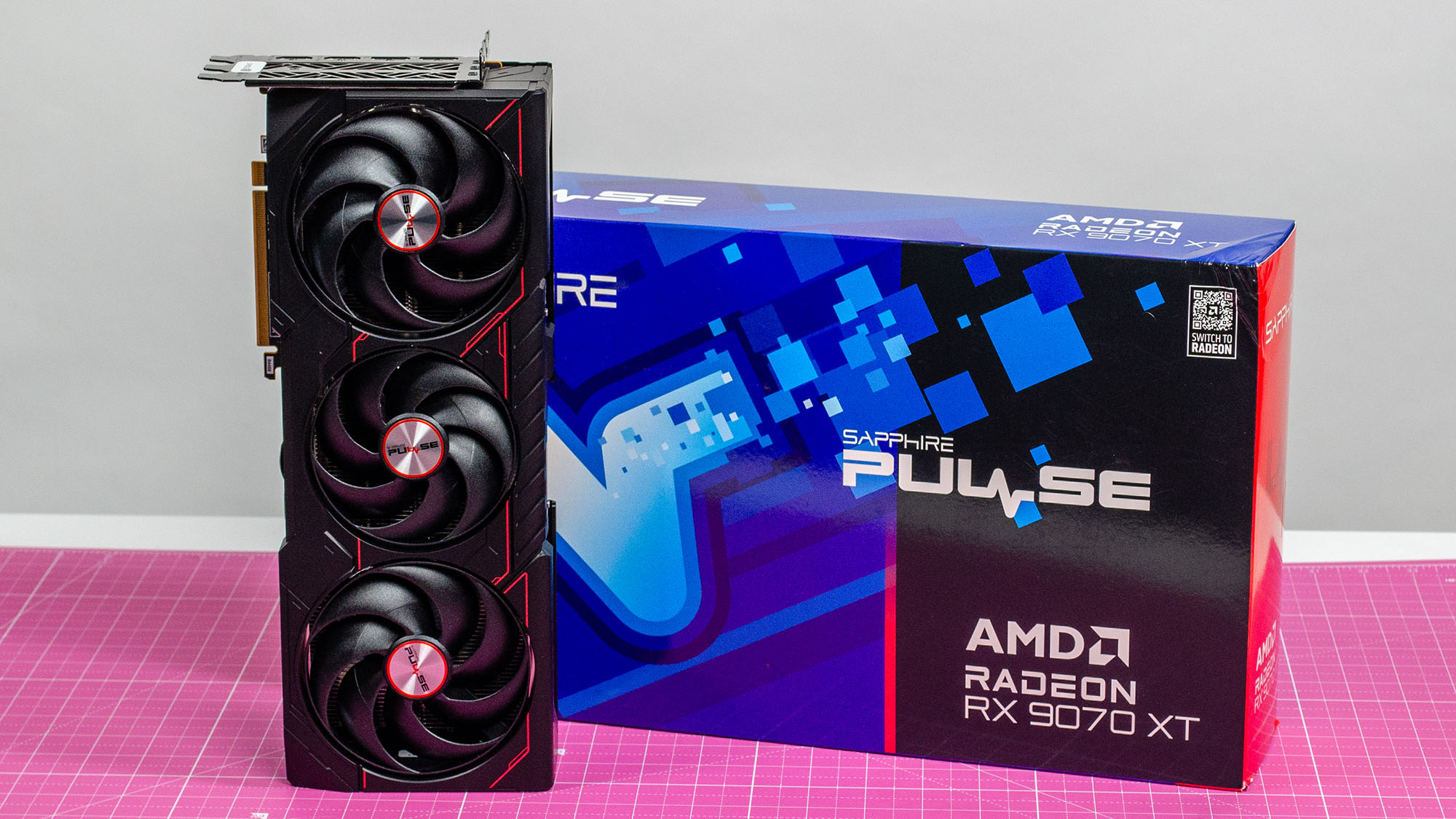
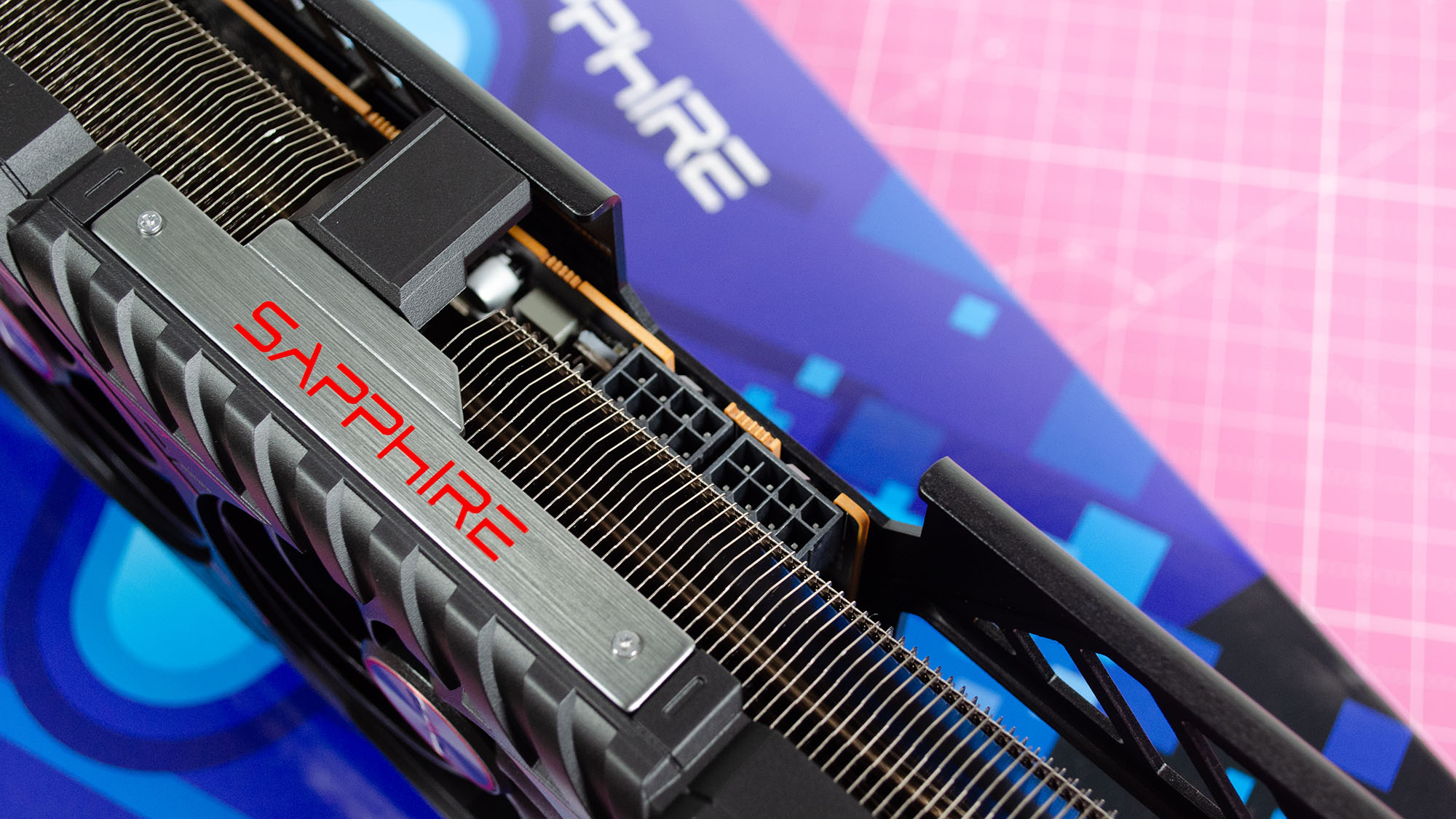
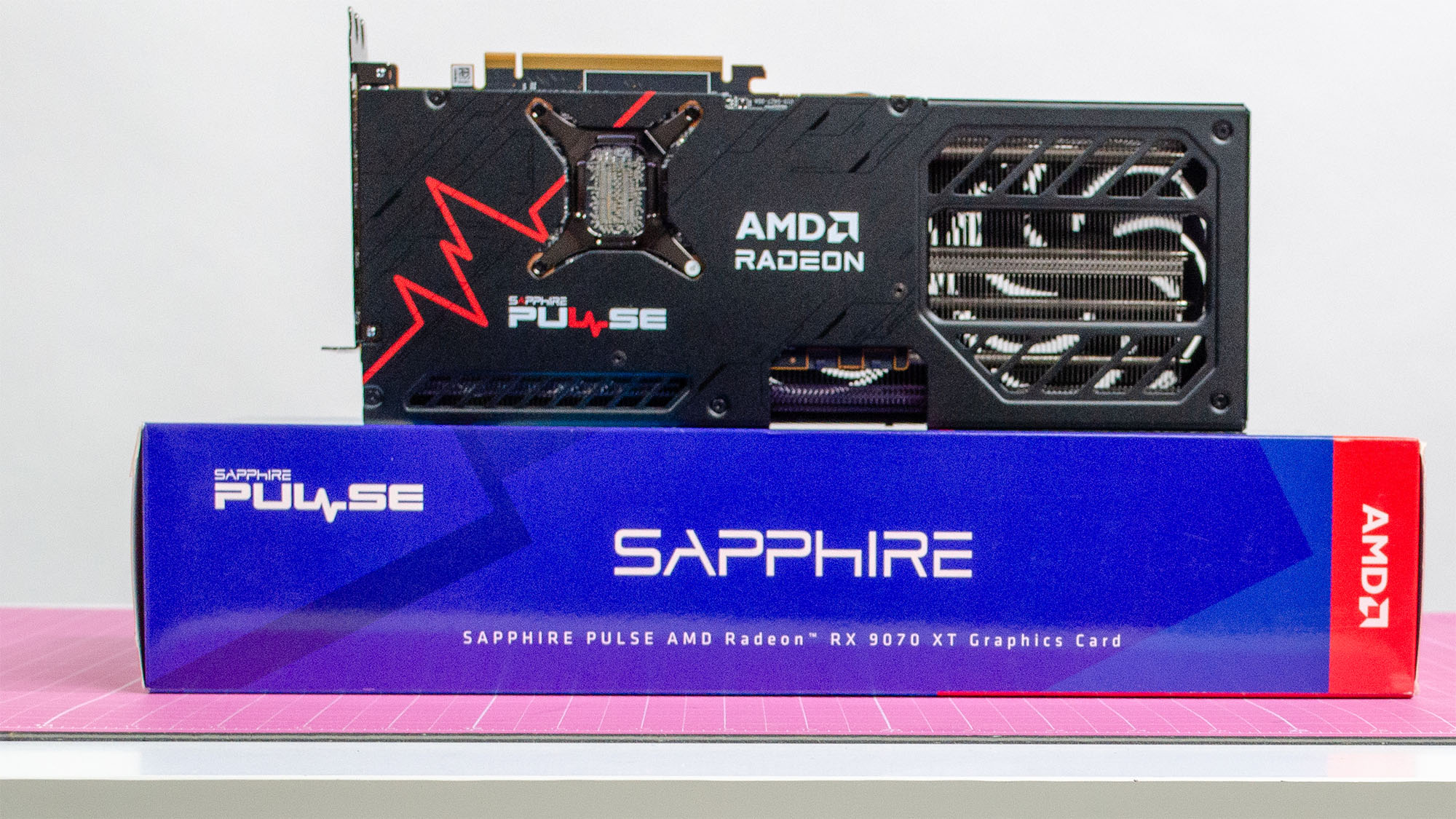
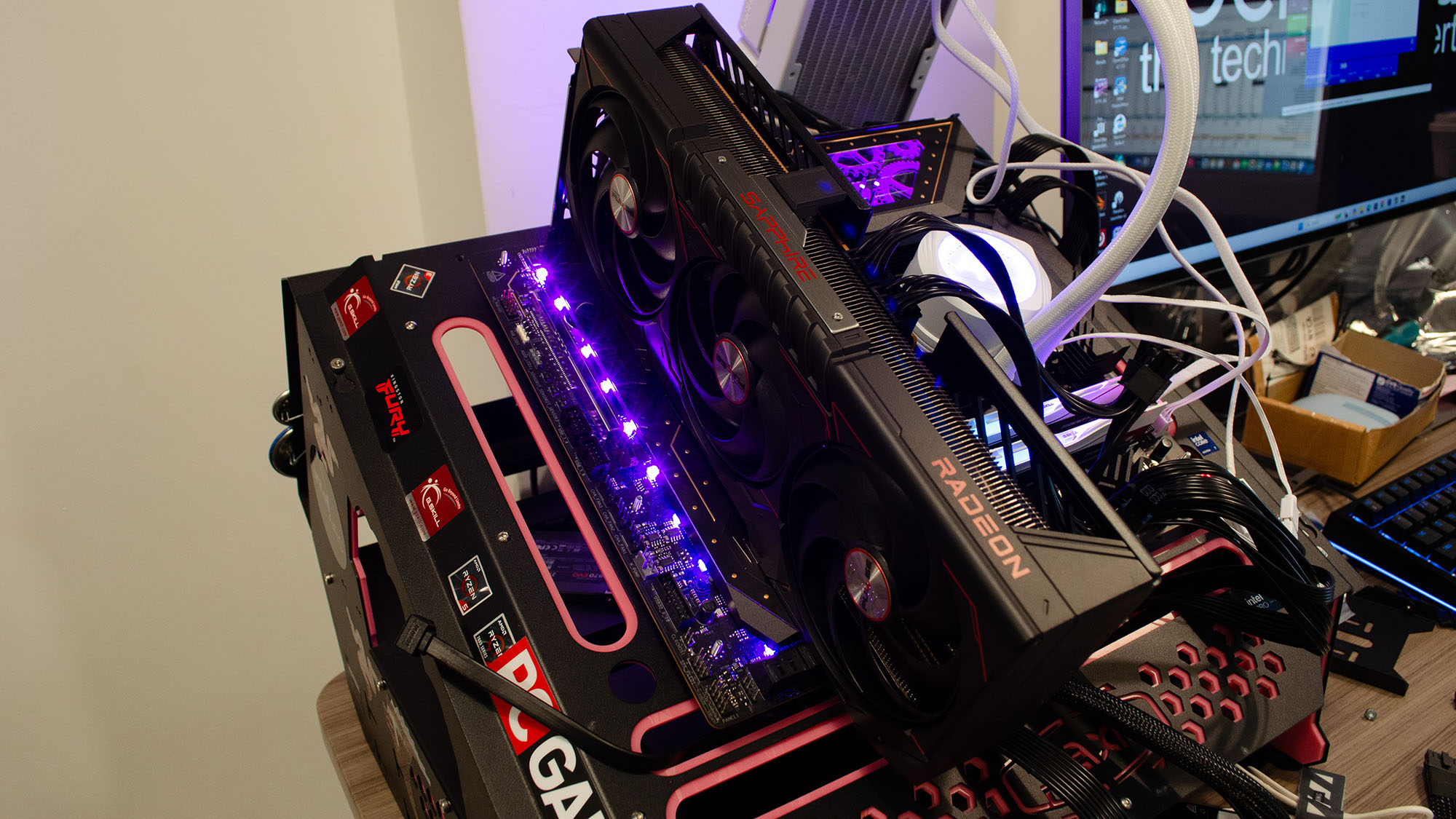

Specifications
Reasons to buy
Reasons to avoid
After spending weeks testing the AMD Radeon RX 9070 XT, it stands out as the top choice for anyone chasing a “money-no-object” 1440p gaming PC build.
Gaming frame rates at 1440p hover just a hair below the GeForce RTX 4080, yet the card launches at roughly half that rival’s MSRP, and even with price inflation, you can find the RX 9070 XT for much less than either the RTX 4080 or RTX 4080 Super, turning what should be a premium-tier GPU into genuine value.
I'd hoped when I reviewed it that AMD could avoid the supply-chain chaos and scalping that's plagued Nvidia's Blackwell cards, but the 9070 XT consistently sells for higher than its $599 MSRP. Even with that, it still sells for substantially less than Nvidia's RTX 4080 cards, making it a phenomenal value overall.
Peak power draw touched 309 W—hefty, but well aligned with the performance on tap—so plan on a roomy case and a stout PSU; compact rigs need not apply.
Creative and AI workloads remain Nvidia’s domain, so creatives can skip this card, but if your priority is silky-smooth 1440p gaming, the RX 9070 XT is unmatched—if you can afford it.
Read the full AMD Radeon RX 9070 XT review
The best 1440p graphics card: FAQs
What is the best card for 1440p gaming?
The best 1440p graphics card on the market right now is the AMD Radeon RX 9070 for its powerful performance and competitive price point.
Is 1440p good for gaming?
Yes, 1440p is excellent for gaming in 2025 and is generally favored by more PC gamers when compared to 1080p and more expensive 4K alternatives.
Is 1440p the same as QHD?
Yes, QHD refers to Quad HD as the resolution is 2560 x 1440p. You may also hear it referred to as 2K, but hardware manufacturers usually prefer the former terminology.
How to choose the best 1440p graphics card for you
You need to consider your graphical demands. You shouldn't settle for what you can afford right now if it's not powerful enough to handle your 1440p needs. You're better putting it off for a bit and saving up until you can afford the GPU that's the right fit.
You need to take a look at the vital specs: GPU memory, GPU size, Thermal Design Power or TDP, and ports and power connectors are all important.
If you want the best ray tracing experience, Nvidia still maintains its ray tracing lead, but AMD has all but closed the ray tracing gap in gaming.
How we test the best 1440p graphics cards
In our graphics card reviews, we maintain a consistent testing process. This includes evaluating their performance through a set of 8-10 games, tested across various resolutions and with the latest drivers.
Moreover, each time a new card is released, we retest all current-generation cards with the same hardware - identical processors, memory speeds, motherboards, and SSDs. This standardization is key to accurately measuring each card's performance and providing reliable comparisons with its rivals.
Our comprehensive reviews also detail each card's power consumption and temperature when under load. Additionally, we assess the features of each graphics card, though these features generally show little variation from one generation to the next.
Read more about how we test graphics cards at TechRadar
Today's best 1440p graphics card deals
Sign up for breaking news, reviews, opinion, top tech deals, and more.

John (He/Him) is the Components Editor here at TechRadar and he is also a programmer, gamer, activist, and Brooklyn College alum currently living in Brooklyn, NY.
Named by the CTA as a CES 2020 Media Trailblazer for his science and technology reporting, John specializes in all areas of computer science, including industry news, hardware reviews, PC gaming, as well as general science writing and the social impact of the tech industry.
You can find him online on Bluesky @johnloeffler.bsky.social
- Rob WebbContributing Writer
- Aleksha McLoughlinContributor